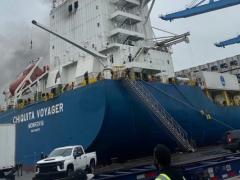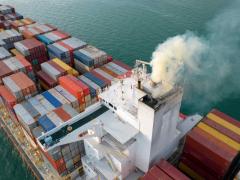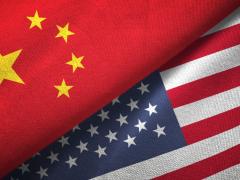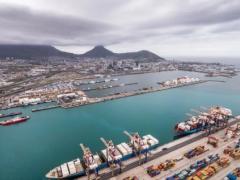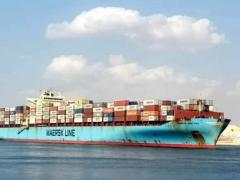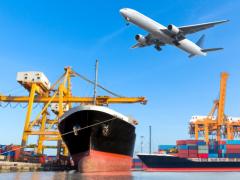West Africa’s leading exporter of bauxite has reaffirmed that position, thanks to strong demand in China.
Guinea is recording record levels of the ore, 90% of which is used in aluminium production, and the news of increasing bauxite exports comes days after US President Donald Trump met with leaders from various countries in the same region – Guinea-Bissau, Senegal, Liberia, Mauritania and Gabon.
In the first half of this year, Guinea had already exported nearly 99.8 million tonnes of bauxite, a figure that almost equals its total export volume for the whole of 2022.
The rise has been driven largely by robust demand from its leading ore import partner in Asia, which continues to account for around 60% of Guinea’s bauxite shipments.
China’s rigid regulatory environment has also not impacted the West African nation’s ability to send increased bulk loads east.
Furthermore, the boom in bauxite exports has had global shipping implications, particularly in the capesize segment, with bauxite overtaking coal as the second-largest load contributor in this vessel segment.
Roughly 80% of Guinea’s bauxite is transported using capesize vessels.
Now, in response to the growing importance of bauxite to its economy, Guinea’s government has enacted several policy measures aimed at increasing national control over the bauxite supply chain.
Mines and Geology Minister Bouna Sylla has mandated that 50% of all bauxite shipments be carried by ships flying the nation’s flag.
Consequently, Guinea has launched its own maritime ore line, Guinéenne des Transports Maritimes (GUITRAM).
Another initiative launched following Sylla’s announcement is the Guinea Bauxite Index against which sector-related futures will henceforth be benchmarked, all in the hope of protecting and promoting future revenues from the ore’s outflows.
Although the country was not invited to the US-West Africa trade lunch in Washington on July 9, Guinea’s rise as a bauxite provider for China’s aluminium manufacturing capabilities is sure to catch the attention of President Donald Trump’s administration.
China’s steel exports are one of the primary reasons for US fears that it’s impacting its own aluminium manufacturing industry.
Whereas Chinese aluminium was subjected to a 25% US import tariff earlier this year, Trump doubled the duty to 50% on June 4.


